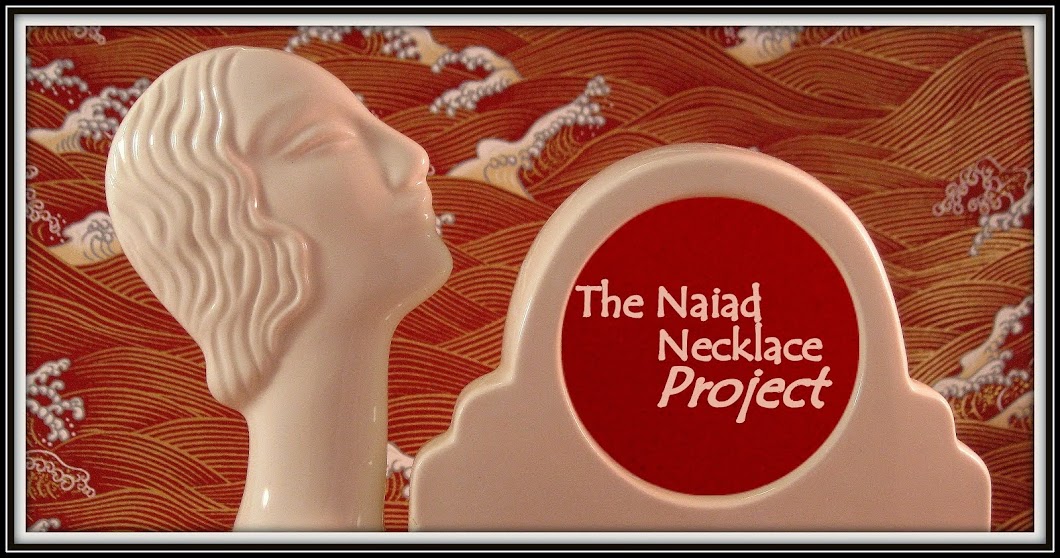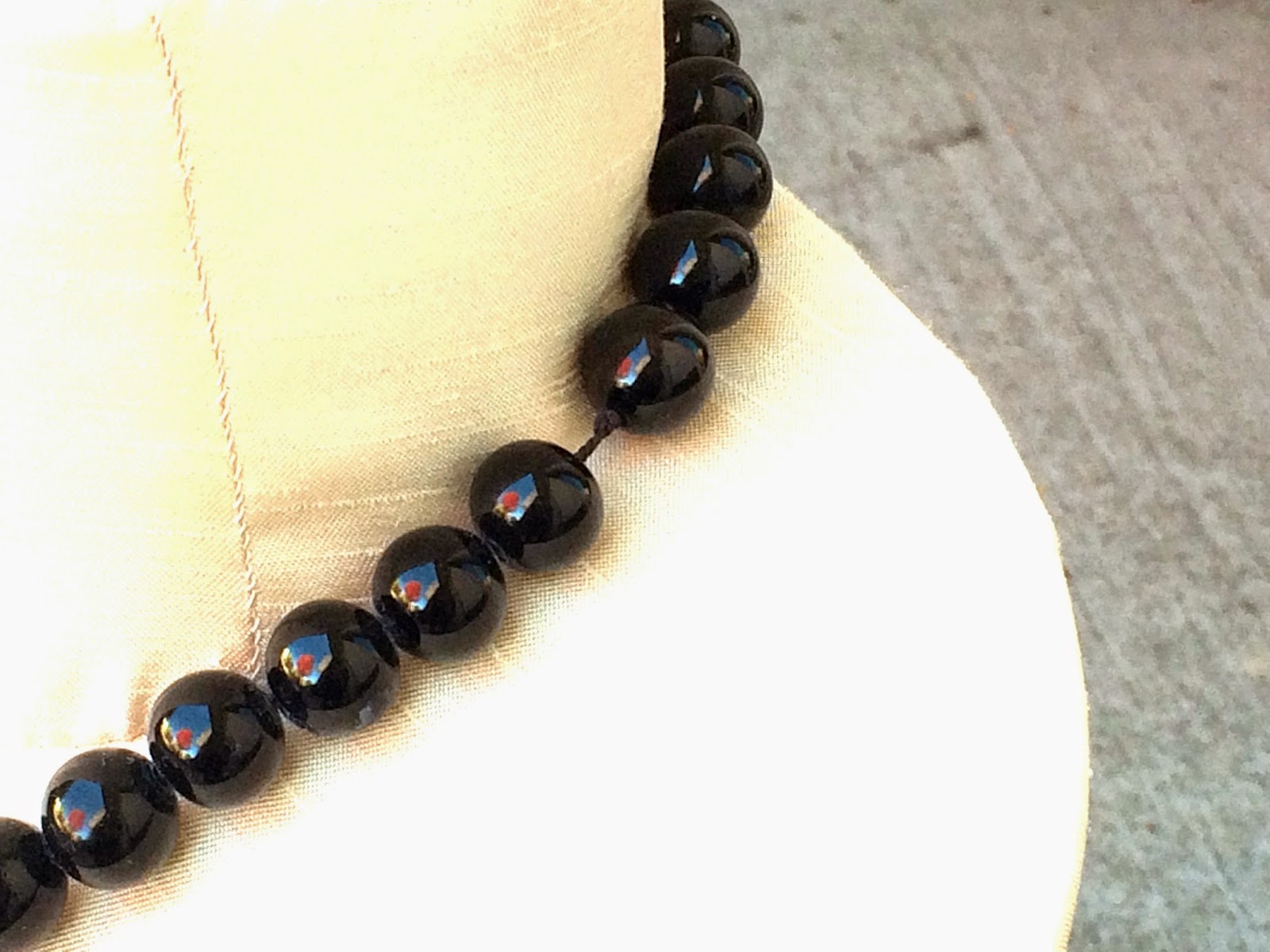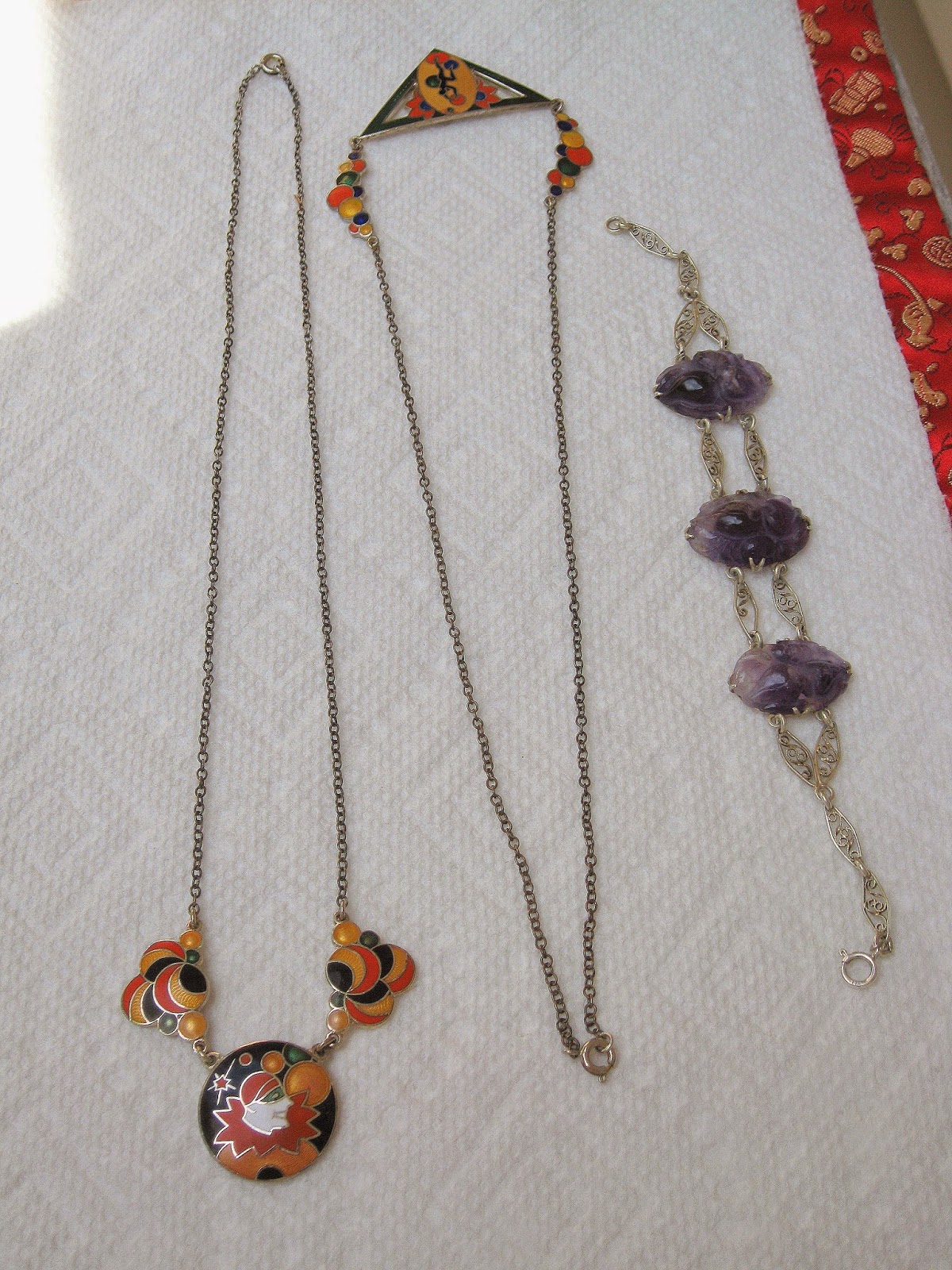I was actually hitting my marks. I found a box I loved, a company in China to make it for a reasonable price, and a super-nice company representative in China to work with. We were on the verge of production when I learned I had no way to get the finished boxes from there to here. One cannot, it turns out, simply pop a bunch of boxes in the mail in China and expect them to arrive on one's doorstep here in the US. Such items come by freight, usually ocean, and they enter specific ports in the US. One must have agents in both countries to marshal the goods through each country's customs, and one must have other helpers--licensed helpers--get your goods onto some sort of in-country transport once they clear US customs. I was explaining all this to my sister, talking about all the months I had put into this enterprise only to watch it fall apart , when she interjected, "You need a Customs agent!" And indeed I did. What bugs me is she knew this within seconds of our conversation, and it took me 7 months to figure this out.
I did actually find an agent, but as my store's opening was imminent I decided I needed a quicker alternative. "Quicker" being relative here. So I bought a Sissix Eclips2. I'm still working on box designs and materials, but I should have a one or two ready by Christmas. Whether that will be this year's Christmas or some future year's Christmas is anyone's guess, however.
 |
| This is the box I almost purchased. It would have been customized with sage green and cream colored paper and custom necklace/earrings insert. My logo would have been hot foiled on top with silver. |































